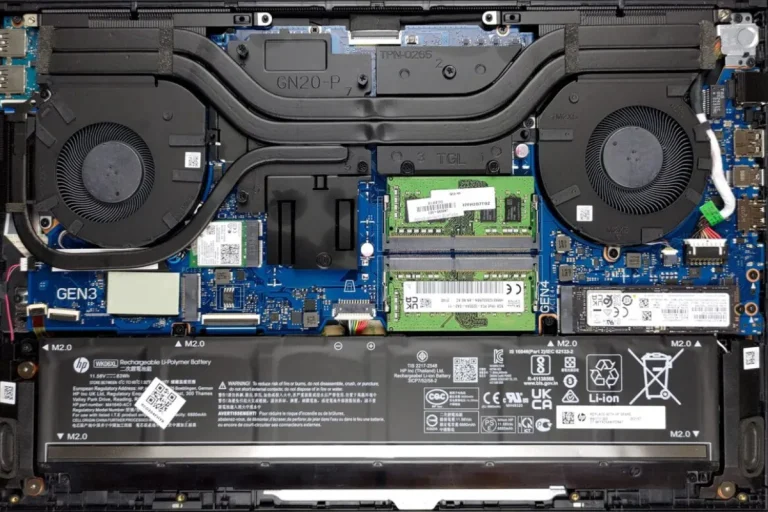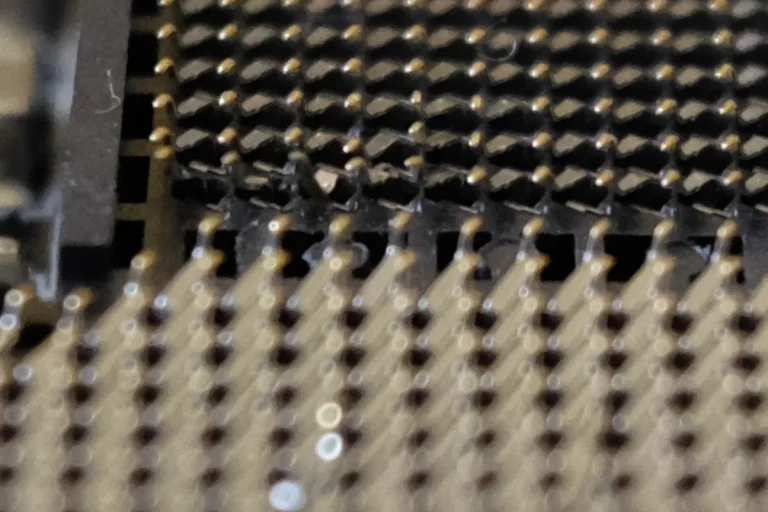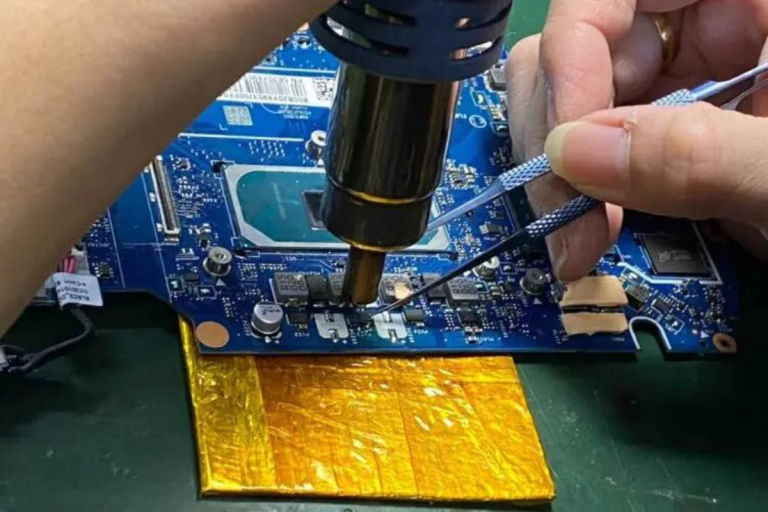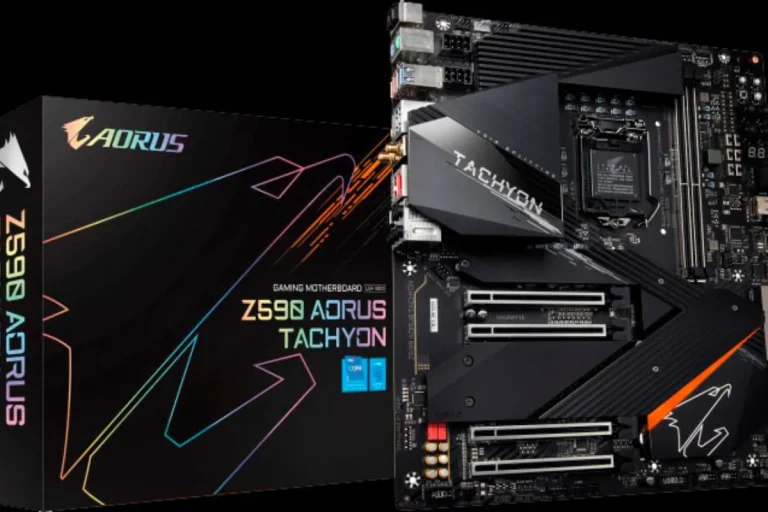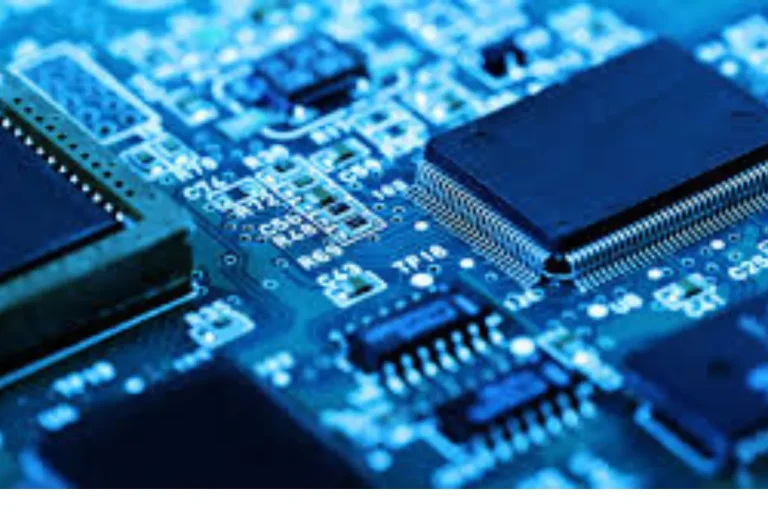What does a red boot LED mean on a gigabyte motherboard?
Are you puzzled by the mysterious red boot LED on your Gigabyte motherboard? Don’t worry, we’ve got you covered! In this article, we’ll unravel the secrets behind this glowing red indicator and help you understand its meaning.
Decoding the Red Boot LED
The red boot LED on your Gigabyte motherboard might seem like a cause for concern, but fear not! In this section, we’ll delve into what this LED means and explore the possible reasons for its activation during the boot-up process.
When you encounter a red boot LED, it indicates that there is an issue with the booting process of your computer. This LED acts as a visual indicator, alerting you to potential problems that need attention. It serves as a troubleshooting tool to help you identify and resolve any issues that may be affecting your system’s startup.
There could be several reasons why the red boot LED is activated. One common cause is an improperly seated or faulty component, such as the CPU or RAM modules. If these components are not securely connected or are malfunctioning, it can prevent the computer from booting up successfully, triggering the red LED.
Another possible reason for the red boot LED activation is a power supply problem. Insufficient power or a faulty power supply unit can disrupt the booting process and result in the LED turning red. It’s essential to ensure that your power supply is adequate for your system’s requirements and is functioning correctly.
Furthermore, a red boot LED can also indicate issues with the motherboard itself. Faulty BIOS settings, outdated firmware, or even physical damage to the motherboard can trigger the LED and hinder the booting process.
Troubleshooting the Red Boot LED Issue
Is that pesky red boot LED on your Gigabyte motherboard still causing you headaches? Fret not! In this section, we’ll walk you through a step-by-step guide on how to troubleshoot this issue and provide you with common solutions to ensure successful booting.
Double-check your connections
Ensure that all components, including the CPU, RAM, and graphics card, are securely seated in their respective slots. Sometimes, a loose connection can trigger the red boot LED.
Verify power supply
Make sure your power supply unit is working correctly and providing sufficient power to your system. Consider checking the cables and connections to ensure everything is properly connected.
Clear CMOS
Resetting the CMOS (Complementary Metal-Oxide-Semiconductor) can help resolve any BIOS-related issues. Refer to your motherboard’s manual for instructions on how to clear the CMOS.
Update BIOS
Outdated BIOS firmware can sometimes cause compatibility issues and trigger the red boot LED. Visit the Gigabyte website and download the latest BIOS update for your specific motherboard model. Follow the instructions provided to update the BIOS.
Additional Tips and Considerations
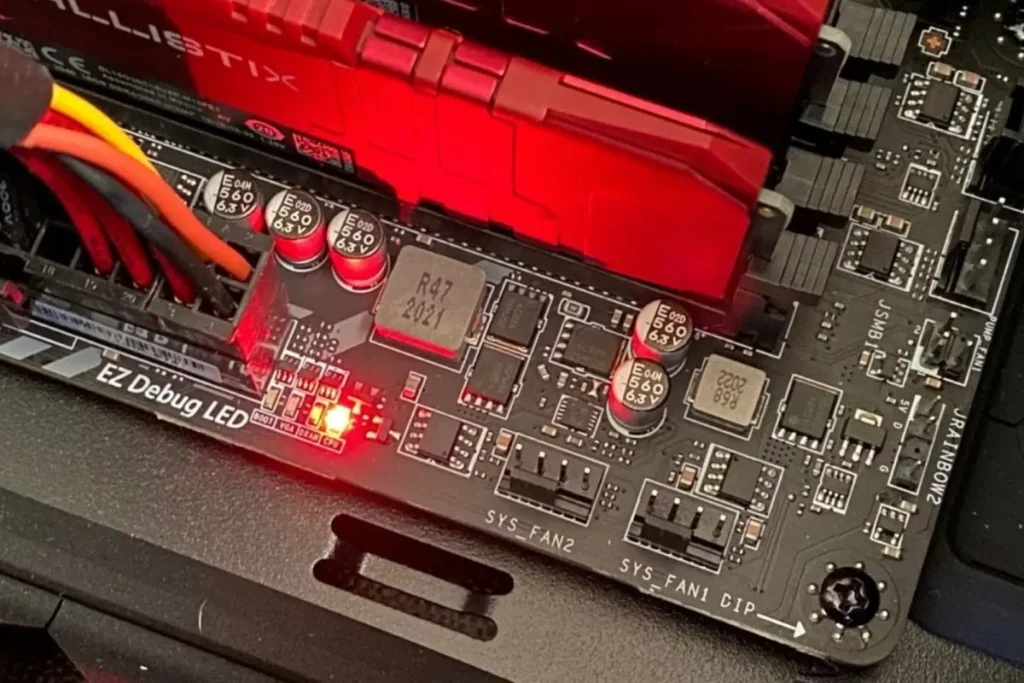
As we near the end of our journey to decode the red boot LED on your Gigabyte motherboard, there are a few more tips and considerations to keep in mind. These will help you navigate any future LED-related issues and ensure a smooth computing experience.
Refer to the user manual
It’s crucial to consult your motherboard’s user manual for specific LED meanings. Different motherboard models may have varying LED indicators and interpretations. The user manual will provide you with accurate information tailored to your specific motherboard.
Other LED indicators
While we focused on the red boot LED, it’s worth mentioning that Gigabyte motherboards often feature other LED indicators. These LEDs can provide valuable insights into other system components, such as CPU, memory, and graphics card. Familiarize yourself with these LEDs and their meanings to troubleshoot effectively.
Pay attention to LED patterns
In addition to the color of the LED, the pattern of blinking or lighting up can also provide important diagnostic information. Take note of any specific patterns and refer to the user manual for decoding.
Consider system temperature
Excessive heat can cause various issues, including LED activations. Ensure that your computer’s cooling system is functioning properly, and keep an eye on the system temperature to avoid overheating-related problems.
Frequently Asked Questions
1. Why is it important to refer to the motherboard’s user manual for LED meanings?
The motherboard’s user manual provides specific information about LED indicators for your particular model. It ensures accurate interpretations and helps troubleshoot any issues effectively.
2. What should I do if I notice specific patterns in LED blinking or lighting up?
LED patterns can provide important diagnostic information. Refer to the user manual to decode these patterns and identify potential problems with your system.
3. How does paying attention to system temperature help with LED-related issues?
Excessive heat can trigger LED activations. By monitoring system temperature and ensuring proper cooling, you can prevent overheating-related problems and maintain stable LED behavior.
4. Why is it important to keep the system updated for optimal performance?
Regular updates for the operating system, drivers, and firmware ensure compatibility and stability. Outdated software can sometimes lead to LED-related issues, so keeping everything up-to-date is crucial.
5. Can I resolve LED-related issues without professional help?
Many LED-related problems can be resolved by referring to the user manual, understanding LED patterns, and keeping the system updated. However, if you encounter persistent issues, it’s advisable to seek professional assistance for specialized guidance.
Conclusion
Decoding the meaning of a red boot LED on your Gigabyte motherboard is crucial for troubleshooting booting issues. By referring to the user manual, paying attention to LED patterns, and keeping your system updated, you’ll be equipped to tackle LED-related challenges like a pro.
